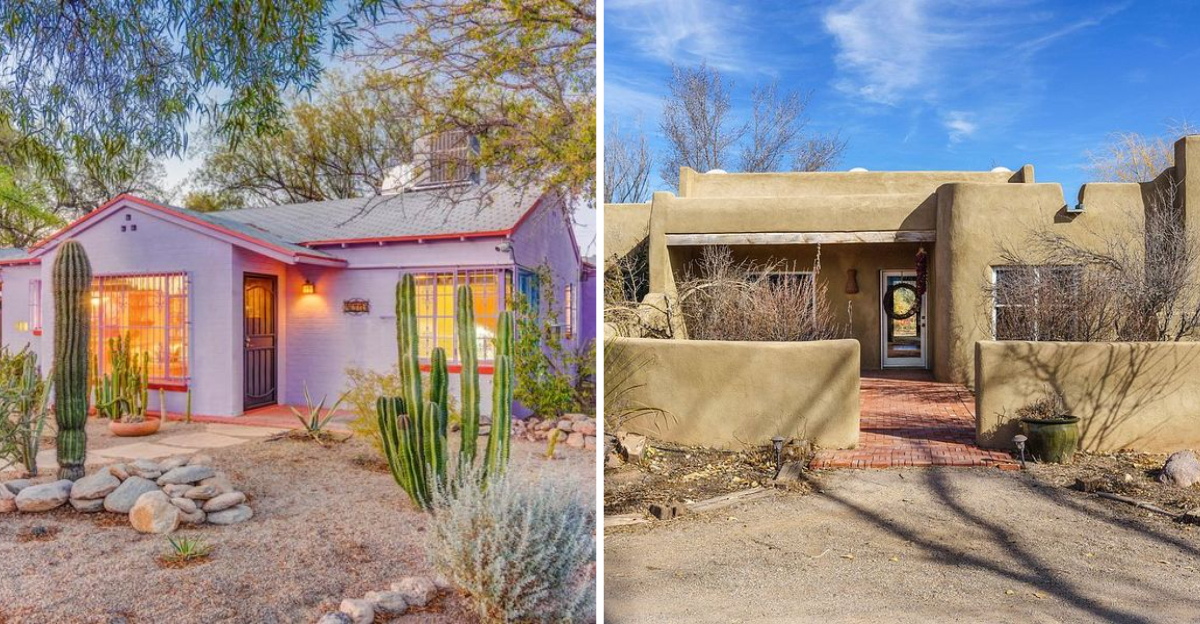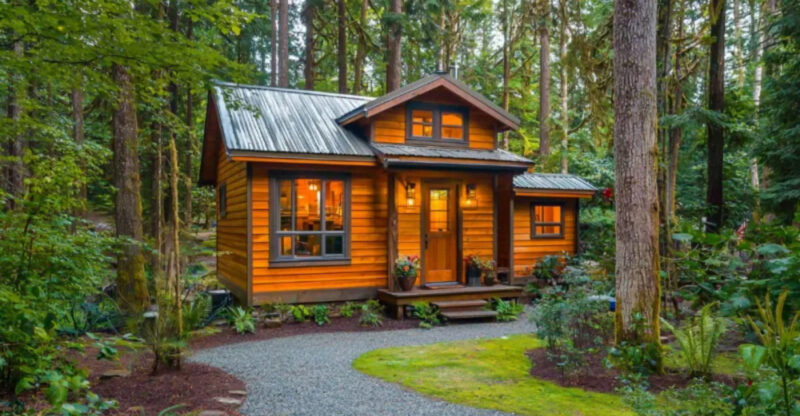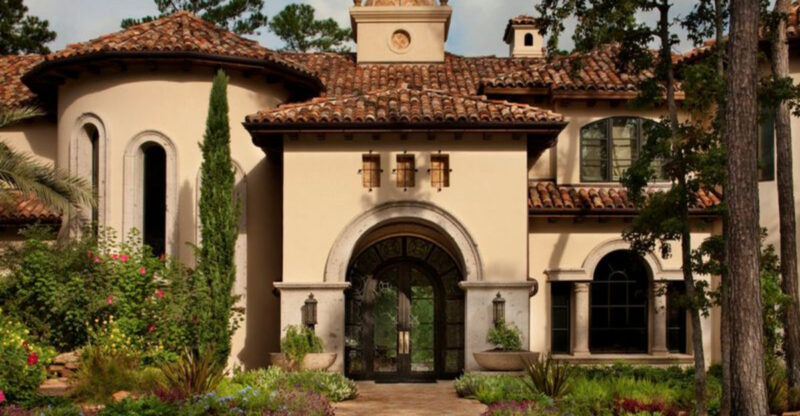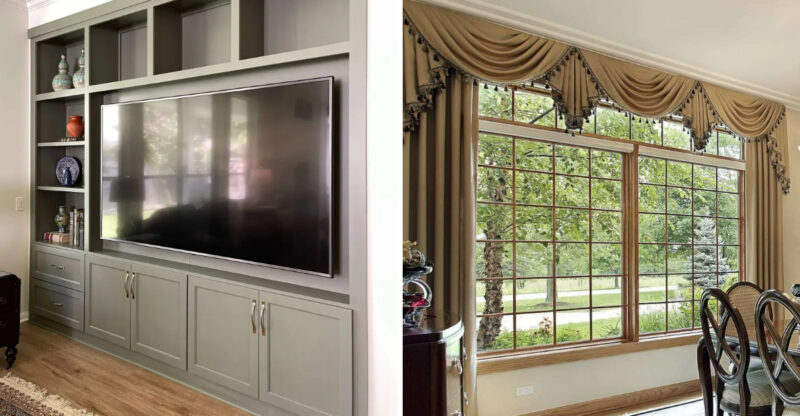12 New Mexico Areas Showing The First Signs Of A Cooling Housing Market

If you’ve been watching the New Mexico housing market, you might have noticed some interesting changes lately. After years of skyrocketing prices and bidding wars, certain areas across the state are finally showing signs that things are slowing down.
I’m here to walk you through twelve New Mexico communities where the housing market is starting to cool off, giving you a clearer picture of what’s happening in the Land of Enchantment.
1. Albuquerque’s Northeast Heights
Are you keeping an eye on Albuquerque’s priciest neighborhood? The Northeast Heights has been a hot spot for decades, but recent data shows homes are sitting on the market longer than before. What used to sell in days now takes weeks, and sellers are starting to accept offers below their asking prices.
I’ve noticed that inventory has climbed steadily over the past six months here. Families who rushed to buy during the pandemic frenzy are now finding more options and less competition. The median price has dipped slightly, giving first-time buyers a chance they haven’t had in years.
This shift doesn’t mean the area is losing value long-term. It simply means the market is finding balance after an unprecedented surge.
2. Rio Rancho Suburban Expansion
Did you know Rio Rancho was one of the fastest-growing cities in New Mexico? That explosive growth is now hitting a speed bump as builders have flooded the market with new inventory. When supply catches up with demand, prices naturally begin to stabilize or even drop.
I’m seeing multiple new subdivisions where homes are taking much longer to sell. Builders are offering incentives like upgrades and closing cost assistance, something they never needed to do two years ago. The competition among sellers has definitely increased.
If you’re looking for a newer home with modern amenities, Rio Rancho might be your best bet right now. The cooling trend here offers buyers negotiating power they haven’t enjoyed recently.
3. Las Cruces University District
It’s interesting how college towns often follow their own housing rhythms. Las Cruces, home to New Mexico State University, has seen rental properties and starter homes cool down noticeably. Investors who bought properties expecting endless appreciation are now facing reality.
When I checked recent listings, many homes near campus have reduced their prices at least once. The student rental market has also softened as enrollment numbers fluctuate. Properties that once received multiple offers are now sitting empty for months.
This presents opportunities for local buyers who were priced out before. The university district offers affordable entry points into homeownership, especially for young professionals and families wanting proximity to amenities and culture.
4. Santa Fe’s Southside Neighborhoods
Though Santa Fe’s reputation as an art hub keeps demand high, even this city isn’t immune to cooling trends. The southside neighborhoods, traditionally more affordable than the historic downtown, are experiencing noticeable slowdowns. Homes that once sparked bidding wars are now negotiable.
I’ve watched sellers in this area become more flexible with their terms. Price reductions are common, and some properties have been relisted multiple times. The influx of remote workers during the pandemic created artificial demand that’s now correcting itself.
For buyers who love Santa Fe’s culture but couldn’t afford the premium prices, this cooling period is golden. You can find character-filled homes without the pressure of competing against ten other offers.
5. Farmington’s Energy Sector Housing
How does an economy tied to energy affect housing? Farmington shows us exactly that connection. As the energy sector faces uncertainty and workforce changes, the housing market here has cooled significantly. Homes built during boom times are now struggling to find buyers.
I’m noticing that properties sit on the market for extended periods in this northwestern city. Sellers are adjusting expectations as fewer energy workers relocate to the area. The median sale price has declined compared to peak pandemic levels.
If you work remotely or have stable employment unrelated to energy, Farmington offers surprisingly affordable housing. The cooling market means you can negotiate favorable terms and potentially score a great deal on a spacious property.
6. Roswell’s Historic Districts
It’s not just the UFO stories that make Roswell unique—the housing market here tells its own tale. Historic districts that saw price jumps during the pandemic are now experiencing corrections. Older homes requiring maintenance are particularly affected by the slowdown.
When I look at current listings, many properties have been on the market for three months or longer. Buyers are being selective, especially with homes needing renovation work. Sellers who overprice their properties are learning patience the hard way.
This cooling phase benefits buyers who appreciate character and history. You can take your time inspecting properties and negotiating repairs without feeling rushed. The slower pace actually encourages more thoughtful home purchases.
7. Alamogordo’s Military-Adjacent Properties
Are military communities always stable housing markets? Alamogordo, situated near Holloman Air Force Base, is proving otherwise right now. The market here has cooled as fewer transfers and relocations occur compared to previous years.
I’ve observed that homes targeting military families are experiencing longer listing times. Sellers who banked on consistent military demand are adjusting their strategies. The base’s activity levels directly influence local real estate, and current trends show softening demand.
For civilian buyers or retirees, this creates opportunity in a community with great amenities. You’re not competing as heavily with military buyers who have specific timelines. The cooling market lets you explore neighborhoods thoroughly before committing to a purchase decision.
8. Carlsbad’s Permian Basin Periphery
Did oil prices affect your local housing? In Carlsbad, the answer is absolutely yes. This southeastern city, connected to the Permian Basin oil industry, has seen its housing market cool alongside energy sector fluctuations. Speculative buying has dried up completely.
When I review recent sales data, the contrast with two years ago is striking. Homes that sold for premium prices during the oil boom are now listed at reduced rates. Investors who bought rental properties are struggling to find tenants willing to pay inflated rents.
If you’re considering Carlsbad for its small-town charm and outdoor recreation, timing is favorable. The cooling market removes the frenzy and lets you purchase based on actual value rather than speculation-driven prices.
9. Taos Vacation Property Market
It’s fascinating how vacation markets can shift so quickly. Taos, famous for skiing and art, experienced a vacation property boom that’s now reversing. Second-home buyers who rushed in during pandemic remote work trends are now selling as they return to offices.
I’m seeing significant inventory increases in areas popular with seasonal visitors. Properties that were investment rentals are flooding the market as owners realize management costs exceed profits. Prices have adjusted downward, especially for condos near the ski valley.
For locals who’ve been priced out by out-of-state buyers, this correction brings hope. You can finally compete for homes in your own community without being outbid by cash offers from vacation property investors.
10. Silver City’s Remote Worker Retreat
How did remote work change small towns? Silver City became a magnet for workers fleeing expensive cities, driving prices up rapidly. That wave is now receding as employers mandate office returns and remote workers reconsider their choices.
When I browse listings here, I notice homes that sold for record prices in 2021 are back on the market at lower prices. The initial excitement about small-town living has met the reality of limited services and distance from major cities. Sellers are becoming realistic about pricing.
If you genuinely love small-town mountain living, Silver City’s cooling market is your chance. You’re not competing with dozens of remote workers anymore, and sellers are motivated to negotiate with serious local buyers.
11. Corrales Village Properties
Though Corrales feels like a hidden gem, it hasn’t escaped the cooling trend. This rural village between Albuquerque and Rio Rancho saw prices surge as buyers sought space and privacy. Now that demand has normalized, properties are taking longer to sell.
I’ve noticed that homes on larger lots, once selling immediately, now sit for months. Buyers are scrutinizing maintenance costs for older properties on acreage. The premium for rural living isn’t as high as it was during pandemic peak.
For horse owners or gardening enthusiasts, Corrales offers unique opportunities now. You can find properties with land and character without the pressure of instant decisions or waived inspections that defined recent years.
12. Los Alamos Scientific Community
Are scientific communities immune to market shifts? Los Alamos, home to the national laboratory, is proving they’re not. Even this unique market with consistent employment is showing cooling signs as inventory increases and buyer urgency decreases.
When I examine current trends, homes are receiving fewer offers than before. Scientists and lab employees have more choices and are taking time to find the right property. Sellers can no longer expect multiple bids within days of listing.
If you work at the lab or in related fields, this market balance is healthy. You can actually tour homes, compare options, and make informed decisions without feeling rushed. The cooling trend brings sanity back to what was an overheated market.






